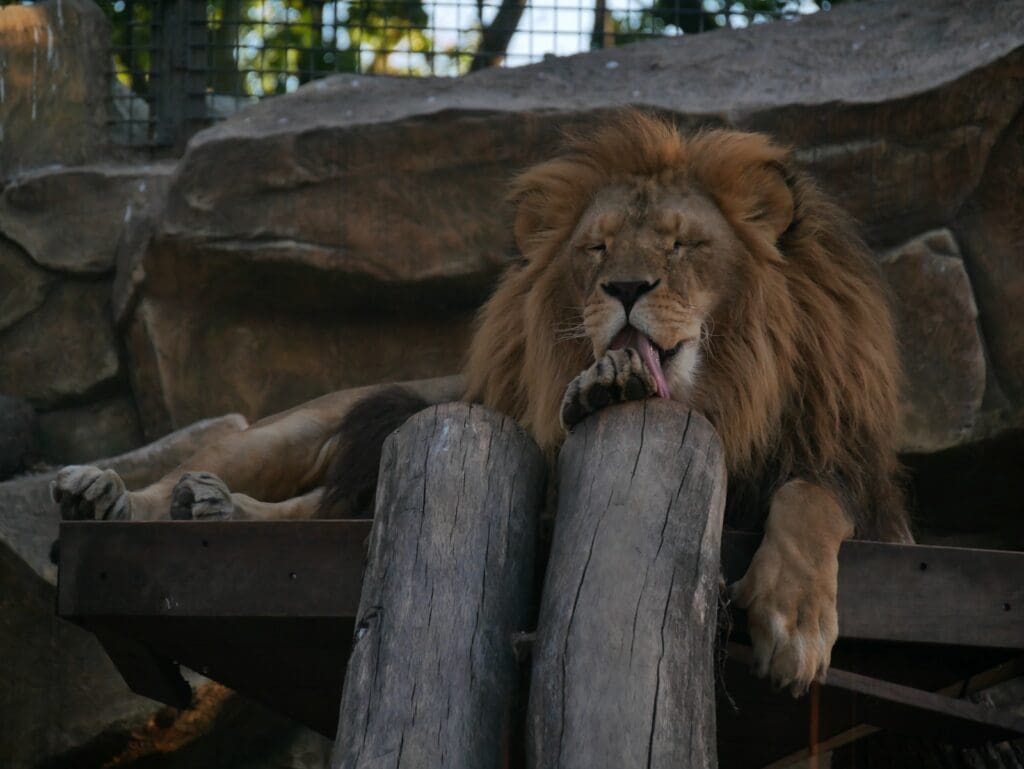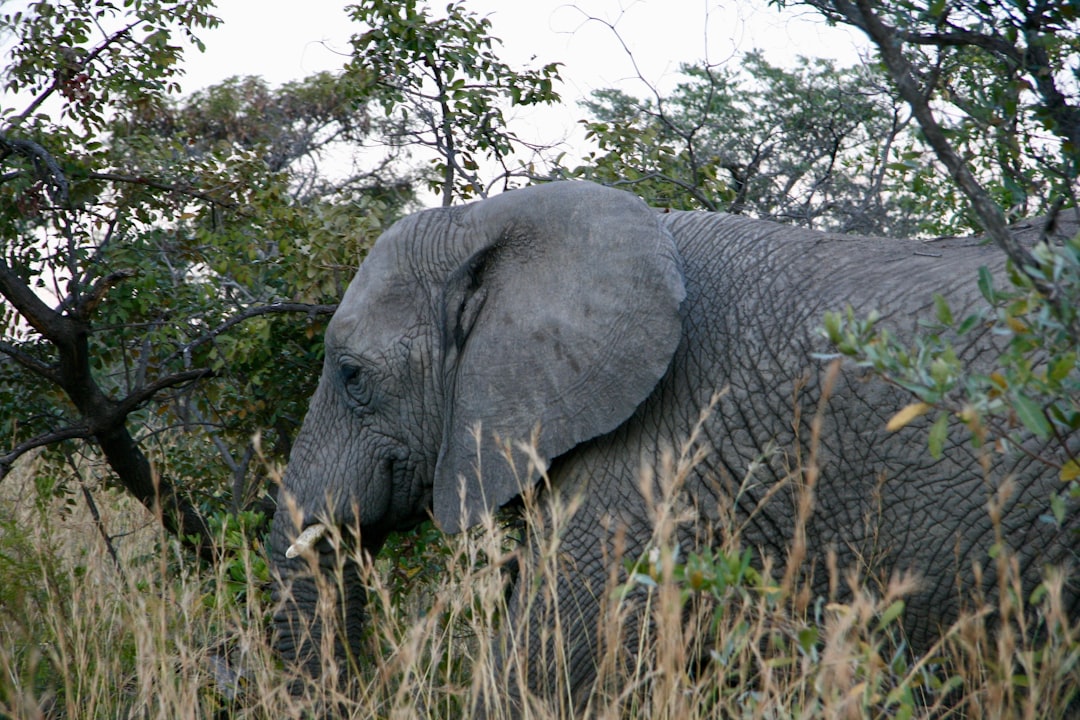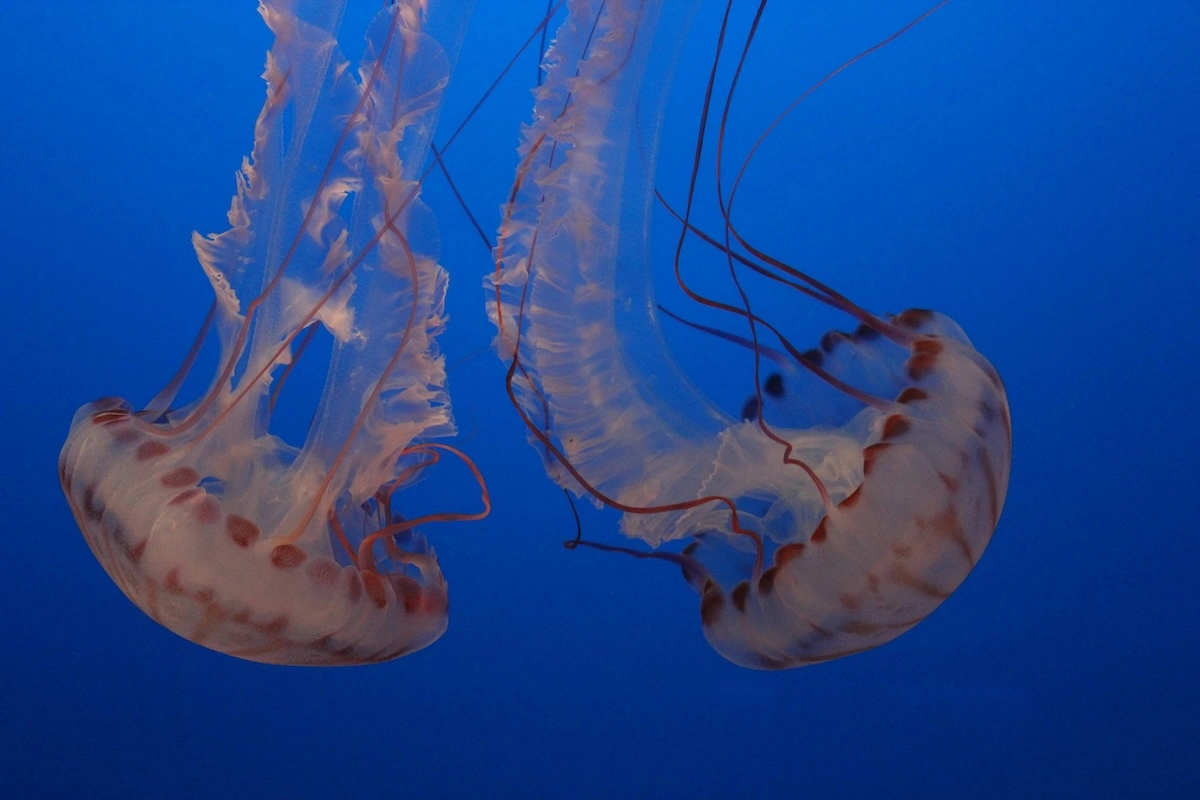
The impact of war extends beyond human populations, reaching into the animal kingdoms confined within city zoos. In Ukraine, the escalation of conflict has posed severe challenges for zoological parks and their inhabitants. These establishments, often seen as places of conservation and education, are now grappling with the realities of war, having to adapt rapidly to ensure the safety and well-being of the animals in their care. The strategies implemented by these zoos reflect their commitment to animal welfare even amidst the chaos of conflict.
Ukrainian zoos, such as Nikolaev Zoo and Kyiv Zoo, are working closely with international organizations like the European Association of Zoos and Aquaria (EAZA) and the World Association of Zoos and Aquaria (WAZA) to navigate the wartime conditions. These collaborations aim to provide the necessary support to maintain operations and minimize stress and harm to the animals. The events unfolding in Ukraine show how zoos can become unexpected symbols of resilience, addressing both the immediate needs of their animal residents and the long-term implications of the crisis on conservation efforts.
Impact of War on Ukrainian Zoos
The conflict in Ukraine has brought considerable challenges for the country’s zoos, particularly in cities like Kyiv and Kharkiv, which have seen significant military activity. Reports indicate that zoo animals are experiencing elevated levels of stress due to the constant noise and explosions related to nearby shelling and gunfire. In such circumstances, the zoos’ staff are tasked with not only their safety but also the well-being of the animals in their care.
- Kyiv: The zoo in Kyiv is caught in a war zone, trying to navigate the realities of caring for animals amidst active conflict.
- Kharkiv: The Feldman Ecopark in Kharkiv has particularly faced dire circumstances where, after an attack, there was discussion around the difficult decision to euthanize animals to prevent suffering due to injuries or lack of resources.
Animal welfare in Ukrainian zoos has become a focal point, where efforts to provide protection and reduce death induced by the war are of utmost importance. Flexible strategies are being employed, with some animals being relocated to safer areas or even to other countries.
In the midst of warfare, the day-to-day operations of these zoos are gravely affected. Ensuring sufficient and timely access to food, veterinary care, and maintaining stress-free environments has become increasingly complex. The zoos’ dedication to animal welfare, however, has not wavered, finding ways to adapt in the drastic and unpredictable conditions of conflict.
While the situation remains dynamic, organizational responses to the needs of zoo animals have shown both resolve and ingenuity, signifying an unwavering commitment to animal care during these turbulent times.
Challenges in Animal Care and Welfare
Ukrainian zoos are facing critical difficulties in maintaining animal welfare amidst conflict. These challenges primarily revolve around securing necessary supplies and addressing the deep psychological impacts of war on animals.
Ensuring Food and Medical Supplies
Securing adequare food and medical supplies for zoo animals such as tigers, lions, and elephants has been a daunting task. Most animals in sanctuaries rely on a steady provision of meals and healthcare, critical components for their survival. Although many keepers are determined to maintain care, access to food is hampered by disrupted supply chains, and safety concerns limit deliveries. Zoos are employing extraordinary measures to protect these species, including rationing existing resources and seeking alternative supply routes.
Medical supplies are equally vital for maintaining animal health and treating injuries, which may become more common due to the stresses of war. Traditional routes of medical supply are often compromised, imposing significant challenges on veterinary staff to maintain animal welfare.
Coping with Psychological Stress
The psychological well-being of zoo animals cannot be overlooked. Constant exposure to loud noises and the disruption of routines can lead to abnormal behaviour in animals, including those already sensitive to change such as elephants. Caretakers are reporting signs of stress in many species, which can have serious welfare implications.
To alleviate stress, zoos are utilizing sedatives and altering enclosure environments to offer more protection. Additionally, efforts to keep routines as normal as possible and provide enrichment activities are strategic ways to manage animal behavior. Addressing the welfare implications of psychological stress is not only paramount for the animal’s health but also for the safety of zoo personnel and the public.
Evacuation and Transportation of Animals
In the wake of conflict, Ukrainian zoos have undertaken the critical task of evacuating and transporting animals to safer environments. This effort demands meticulous coordination and addresses significant logistical and safety concerns to ensure the well-being of the animals throughout the process.
Coordination with European Zoos
European zoos under the European Association of Zoos and Aquaria (EAZA) are playing an instrumental role in the evacuation. They provide sanctuaries and support for the displaced animals, facilitating their transportation across borders. The process involves preparing crates suitable for various species, such as elephants, ensuring they are sturdy and comfortable for the journey. In collaboration with Ukrainian facilities, EAZA members are coordinating efforts to transfer animals to zoos where they can be accommodated in a stress-free environment.
Logistical and Safety Concerns
The logistics of transporting large and potentially stressed animals such as elephants are complex. Each animal is placed in a custom crate, designed to minimize discomfort and anxiety. Transporting these crates requires careful planning to navigate through conflict zones to reach a safer environment. It’s a risky endeavour, as both the animals and human handlers are exposed to potential dangers en route. Their safety is paramount, with measures in place to address immediate risks to the animals and their human caretakers, ensuring a secure transition to their temporary homes.
International Support and Collaboration
The war in Ukraine has prompted a global response to aid zoological facilities in distress. Key institutions, such as the European Association of Zoos and Aquaria (EAZA), have been integral in the collaborative efforts to support animal welfare. The EAZA Ukraine Emergency Fund, established to assist in these dire circumstances, demonstrates the strength of international support.
Poland has played a significant role, with local zoos becoming sanctuaries for animals evacuated from conflict zones. These neighboring zoos, along with a network of donors and wildlife management professionals, have mobilized to ensure that the animals receive the care and support they need during these tumultuous times.
Financial and logistical support has been overwhelming, with the World Association of Zoos and Aquariums (WAZA) acting as a major player in coordinating these international efforts. The unity and swift action of these associations underscore the committed global community standing with Ukraine.
Images made available by Getty Images have further raised public awareness and support, showcasing the animal rescue efforts and the dedicated individuals involved. Donors from around the world, moved by the compelling visual stories, have been opening their hearts and wallets to help.
The synergy between international supporters and local staff highlights a powerful collaboration, ensuring that Ukrainian zoos and their precious inhabitants are not left to face the conflict alone.
Future of Zoos Amidst Continuing Conflict
In times of conflict, zoos face exceptional challenges. The Kyiv Zoo serves as a prime example of resilience in the face of ongoing military operations. Their future strategy revolves around creating a safe environment for the animals while adapting to the fluctuating intensity of continuing conflict.
Community support is vital. The people’s readiness to assist during hardship contributes to both immediate relief and long-term planning. Amidst the uncertainty, zoos focus on maintaining operations and ensuring the well-being of their inhabitants. Sustainability is a goal that, while difficult under present conditions, remains part of the vision moving forward.
Regarding the enclosures, zoos are undertaking necessary construction work to reinforce safety measures. The structures must not only house animals but also protect them from potential impacts of nearby military activities. The consideration for Russian military advancements informs the type of reinforcements being integrated.
- Enclosures: are being reinforced to withstand conflict-related damages.
- Safe Environment: the priority is ensuring animal and staff safety, along with psychological well-being.
- Community Support: is encouraged to assist with supplies and reconstruction.
- Sustainability: zoos aim to sustain animal care practices even during shortages.
The future of Ukrainian zoos like Kyiv’s hinges on a balanced approach to immediate crisis management and strategic foresight. Such institutions continue to grapple with the present reality while keeping an eye on a peaceful and sustainable horizon.



